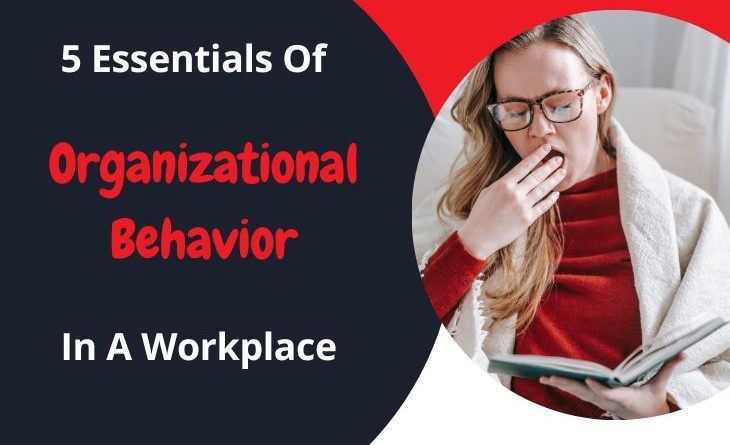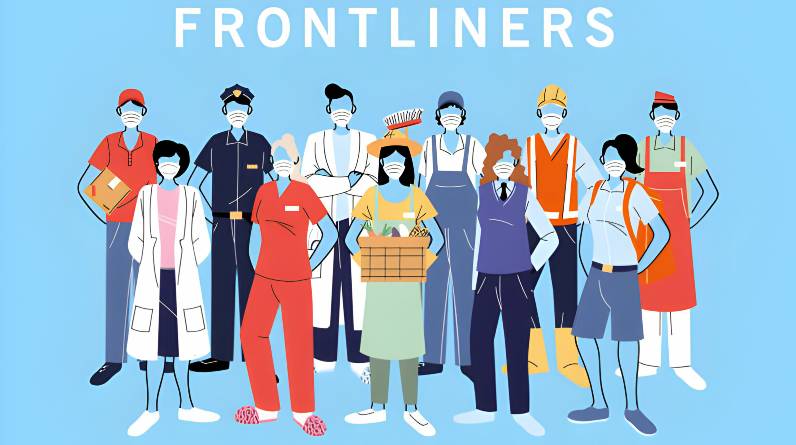
In today’s workplace culture, organizational behavior is a crucial component of people management. Your team’s effectiveness will be determined by how well they work together and behave.
Understanding how employees communicate with one another is made possible through in-depth learning. Their compatibility is essential to ensure smooth operation. Long-term success is only possible to attain with the cooperation of your workers. Additionally, there is considerable overlap between people science and the element of employee behavior. Professional studies have clarified how people science has significantly impacted firms while assisting us in comprehending its crucial facets.
What is organizational behavior?
The study of group interactions is known as organizational behavior.
The main objective here? to increase the efficacy and efficiency of the workforce. Additionally, employees are more inclined to support the expansion of the business.
Overall, it makes managing human resources simpler. It also makes it possible for the staff to work more effectively.
The focus of the research on organizational behavior is on
- Improving job satisfaction
- Enhancing performance
- Promoting innovation
- Fostering good leadership qualities
The Hawthorne Effect is the most well-known study on organizational behavior. This effect states that when people feel like they are being watched, their conduct may change.
Employees are also prone to irrationality without effective organizational behavior. This may have a negative impact on their chances of equitable employment inside the company.
Want to know more about the implementation of these terms?
Get your hands on the free organizational behavior textbooks available online for better understanding.
Elements of Organizational Behavior
Some important elements of organizational behaviors are something that every leader has to be aware of.
However, one has to comprehend the fundamentals of it.
These components are connected to one another. A healthy balance must be kept between them. A domino effect might occur if one of the components doesn’t function properly.
Future goals may be harmed as a result, hurting the organization’s bottom line.
The four key components that make up the study’s pillars are listed below:
1. People
The focus of the whole behavioral research is the organization’s workforce. They really are the foundation of your company. They achieve the objectives by organizing the effort and making it happen.
Understanding the changes they are going through in light of recent events is essential. A leader can:
- Identify the outside forces behind the shift using extensive research
- Work on the issues and promote efficacy.
2. Structure
An organization’s governing body is comparable to the human genome. The workplace might fall apart without the right procedures and structure.
Keep in mind that management controls the workforce. Its existence would not be possible because-
- coordination between various organizational levels
- To take care of the demands and expectations of the workforce, using a hierarchy
Maintaining a strong and sturdy framework is essential. Additionally, any flaw might reduce the flow of control. Long-term effects from this might have a negative effect on the organizational culture and its ability to compete in the market.
3. Technology
Technology may be both a blessing and a curse, but it has a significant impact on modern life.
It can work marvels if used properly. Without the necessary understanding, technology might, nevertheless, reduce the workforce’s productivity.
In an organization, technology is primarily used to:
- Accomplish tasks in an easier way
- Provide new and better solutions
However, if people don’t adapt to the advancements in technology, it might lead to anarchy.
They won’t be certain of their position or what will happen to them after it. It will have a significant negative influence on behavior change, morale, and productivity.
4. Environment
People’s work is significantly influenced by their workplace environment.
Organizational behavior and the work environment are directly related. The other also changes when the first does.
A leader needs to be aware of how important work conditions are to employee engagement. They must comprehend the variations.
Keep in mind that everything is related to an employee’s behavior at work. Their level of participation will depend on how happy they want to be at work.
Importance of Organizational Behavior
1. Good Workplace Relationships
Making deep connections at work is challenging. You must be on the lookout for potential conflict as a leader. Or circumstances that could harm employee relations.
It may be challenging to identify the actual problems that damage employee relationships. But you must take that action.
For a leader to be successful in resolving problems, organizational behavior is crucial. Improving interpersonal communication is the key goal. Additionally, it lessens the possibility of misunderstandings, which can damage relationships.
2. Employee Motivation
When we discuss employee engagement, motivation is a key component. It is challenging to increase production when there is no incentive. Your employees are not putting out their best effort into the work due to a lack of motivation.
It will be necessary to understand organizational behavior to address this problem.
It provides a thorough grasp of the problems. For improved effectiveness, you can then take prompt appropriate action to address them.
3. Builds a Psychologically Safe Workplace
Studying organizational behavior enables a leader to comprehend how they affect their workforce. It influences how you feel about them. It provides a clear illustration of how to create a psychologically secure workplace. This is a setting that will motivate employees and encourage them.
Recognize that analyzing behavior allows you to explore distinctions. This enables a manager to create an environment where staff members are comfortable and can work without interruptions.
4. Nature of Employees
Long-term success can be challenging to achieve. Additionally, it is substantially more difficult to maintain consistency.
However, everything will hinge on how people act at work. Their approach to their work will show in the outcomes.
Employees must be motivated and passionate about their work. And if they are careless with their work, it presents a barrier.
The variables may change. However, growth may be hampered if the character of the workforce does not alter over time. This may cause an organization to veer from its successful course.
5. Higher Efficiency in Teams
For effective teamwork, an understanding of organizational behavior is essential. It helps you understand the traits that people have in common as well as their distinctions.
A leader may promote stronger team cohesion by having a deeper understanding of the dynamics.
In exchange, it boosts team members’ confidence and morale. Enhancing team unity, which is important for achieving the business’s goals. Leaders can thus have longer-lasting success.
Summing It Up
Studying organizational behavior is more straightforward to say than to do. To accomplish it well requires a lot of time and work. In corporate contexts, social psychology is essential to understanding human behavior. To get the best out of their team members, a leader must do an in-depth organizational behavior study. Improve employee experience by taking the required actions, and altering organizational behavior appropriately.






